Military shipbuilding in Scotland is “a major success story” and makes a “significant contribution to the economy”, say the Scottish Affairs Committee in their report on Scottish military shipbuilding.
The report advises that the Ministry of Defence spent £1.11 billion on shipbuilding in Scotland in 2020/21, and that spending supported 7,700 shipbuilding jobs.
Adding that many of these jobs are highly skilled, and the average salary in the industry is £36,500 per year, 20 per cent higher than the UK average. It is estimated that each shipbuilding job supports a further 1.51 jobs in the wider Scottish economy.
The report states that “Scottish military shipbuilding is a major success story”, with the expertise and skills present at Scottish shipyards helping to secure contracts to build Type 26 anti-submarine warfare frigates and Type 31 frigates. However, the Committee is concerned that “there is no longer a clear commitment to warships being designed and built in the UK, following recent indications the Ministry of Defence will allow ‘offshoring’ of military shipbuilding”.
The report adds that “while there has been positive policy moves in recent years, such as the National Shipbuilding Strategy offering a long-term look for Scottish shipbuilders, and the establishment of a National Shipbuilding Office in Edinburgh, more recent developments present uncertainty for the sector. The Defence and Security Industrial Strategy and National Shipbuilding Strategy Refresh appear to represent a marked shift from Royal Navy warships being designed and built in the UK, leaving the door open to international competition”.
Scottish Affairs Committee Chair, Pete Wishart MP, said:
“Military shipbuilding is a major Scottish success story. From Rosyth to Glasgow, we have military shipbuilding hubs that boost local economies and invest in skills and training. The recent announcement that Type 26 frigates will be built by BAE Systems in Glasgow is a major vote of confidence in the Scottish shipbuilding sector.
However, UK Government policy on military shipbuilding ebbs and flows. On the one hand, ministers are championing the skill and expertise the military shipbuilding sector thrives on in Scotland. But on the other, its policies have opened up the ‘offshoring’ of warship production to other countries. The Government cannot have this both ways: a thriving shipbuilding sector is dependent on the drumbeat of orders. We have the skills and expertise here, in Scotland, to support our future military shipbuilding needs so it is unclear what benefit is to be had by opening up procurement to international competition.
We hope the UK Government carefully considers our findings and recommendations, and in turn offer some certainty to the military shipbuilding sector in Scotland that its prominence in designing and building warships is here to stay.”
One cause for concern, as highlighted by the report, was future uncertainty.
“A theme we heard repeatedly emphasised during our inquiry was the importance of a regular ‘drumbeat’ of orders to provide a consistent workload that could help industry plan for the future. Stakeholders from all parts of the sector stressed that shipbuilding is an industry that operates on long timescales and which required significant forward planning.
We were told that in the past shipbuilding in the UK had suffered from a pattern of ‘feast and famine’, with a sporadic and unpredictable pattern of orders, which had discouraged investment in the industry, increased costs and programme risk, and made shipbuilding a less attractive career option. The UK Defence Journal reported that the situation had improved in recent years. However, the General Secretary of the Confederation of Shipbuilding and Engineering Unions, Ian Waddell, warned that “we could be looking at the same issue again if we do not get the distribution of work correct and the right drumbeat of contracts going through the yards.”
The report can be accessed here: https://publications.


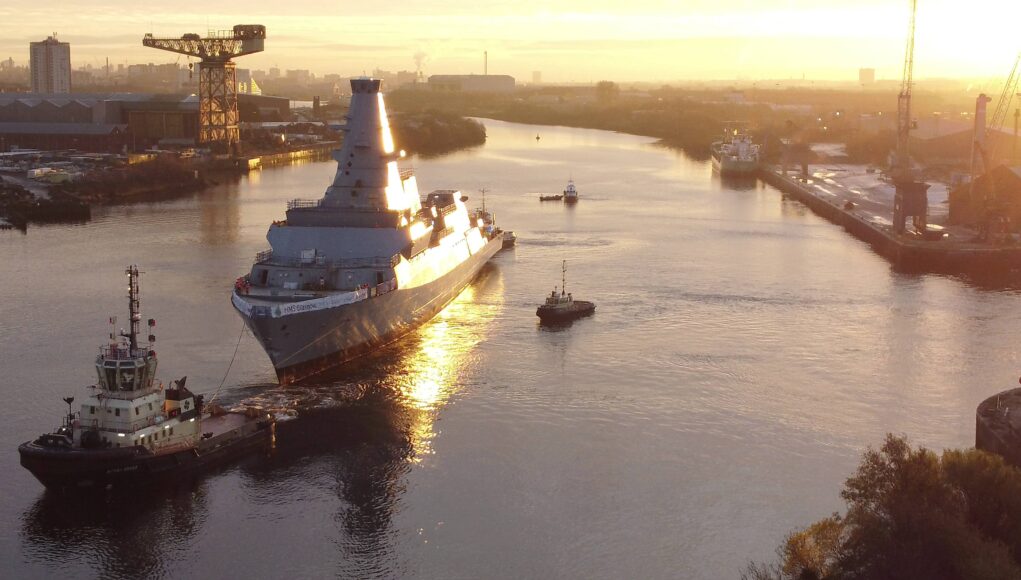
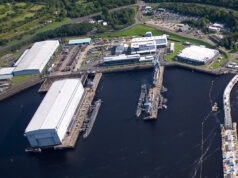
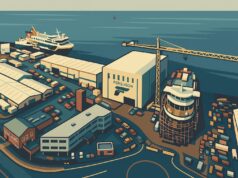
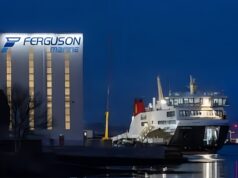
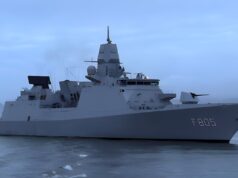

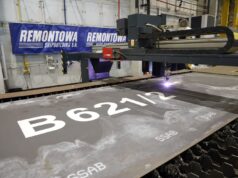
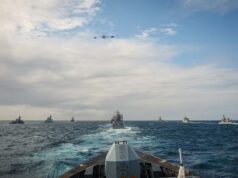




Maybe it’s just me, but they seem to come across as very entitled and wanting to have their cake and eat it.
They have Type 26 and 31 in their entirety. They had the bulk of the QE Class work and the prestige of launching them. They had the B2 Rivers. That’ *all* the warships the UK is buying.
So what if some support vessels are built overseas, especially if it frees up budget for other things, including those warships. Though it should go without saying hopefully others parts of the UK get some projects. Team Resolute winning the Fleet Solid Support contract was a good start and even there Scottish shipyards get a look in.
Would building support vessels overseas free up budget? If you build here then you’re at least putting taxpayer’s money back into the same economy that you took it from. If you build overseas because it’s cheaper, that has to be considered against the fact that the money is being sent abroad, potentially putting shipyards here out of work and more people on unemployment benefit that also needs to be funded by the taxpayer.
Exactly! You have put it in a nutshell.
If affordable and needed why not order some more then as the T83 is still away off? An extra T26 and 3-4 more T31s should get us to a 23-24 fleet size or, confirm the 5 T32s.
Agree I think if treasury can provide funding the type 26 programme could be accelerated to enable a couple more being added on. Especially as unit price reduced from £1.3 billion to <1 billion each.
Type 31 needs to be immediately followed by batch 2 and/ or type 32s. And then continuous construction at a drumbeat of 1-2 frigates/ destroyers per year to get the RN back upto 30 escort warships.
I'd retain the last T class boat and possibly refit the 6th T class to deploy to far East/ provide Australia with its first SSNs, alternatively Australia could order an Aussie Astute and we construct these concurrently with Successor/ Dreadnought class until SSNr is brought into service, but the 2 last T class boats alongside refurbed Collins class could see Australia through to an Aussie Astute.
We need the 2nd offshore subsurface surveillance ship ordered, can the MOD not just purchase Topaz Tobragos sister ship aka RFA Proteus?
MV island crown type vessels operating as mine sweeper motherships, get more ordered in. Much cheaper using a civilian design then trying to purchase in a gold plated MCM when all we need is a mothership, the real cost in mine warfare will be the drones/ ASVs, USVs needed, not the launch platform.
The T26 is pretty well locked at 8 and if they follow the build programme the Clyde should then roll onto the T45 replacement T83 class.
There is no budget to “immediately” order extra T31 nor anything much else due at present due to the parallel replacement SSBN build. Nor IMHO would it be prudent to do so just yet. Just remember that Babcock is yet to complete any T31’s it is a brand new 2nd build stream so let’s see and hope it all works as planned and as the SSBN spend curve should be waining look at it.
As for extra Astutes, Australian Astutes or even refitting HMS Triumph it is an absolute no go.
All these ideas are literally impossible due to the lack of any extra reactor build capacity for PWR2 (Astutes) and no Core Z for a PWR1 (T class). There are some PWR2 cores that are scheduled for the remaining 3 SSBN refuels but no more.
HMS Triumph commissioned in 1991, had a refuelling refit 2005 to 2010 and is due out of service in 2024/5 which is the life expiry of her reactor core. And that is it she is done.
The US is overstretched on its SSN/SSBN build programmes with zero capacity for Australian boats. IMHO the best option would be to build on the Hunter class process and get Australia onboard with our own SSN(R) build and expand our capacity. But the cost would be billions !
At present the RRMP build facility here in Derby is working on the next generation PWR3 for the new SSBN and SSN(R) Astute replacements. That change over has had to be started decades ago and the idea of building the old ones again is simply impossible.
As for the MROS ships one is being prepared and another is planned. And I dare say the initiative to use OSV as motherships is on the cards.
Be prepared (I was a Boy Scout). Moot the possibility of re-opening Portsmouth for shipbuilding as a shot across the SNPs bows.